Filterability Index
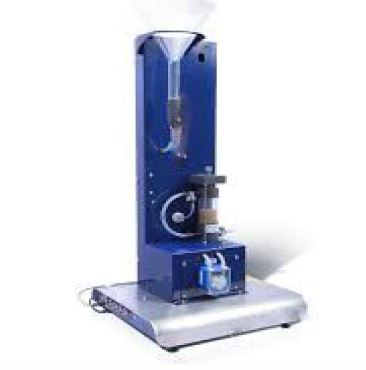
Order Code: 22236272.4R
Category: General Lab Equipment IV
Introduction:- The Filtration Apparatus enables a water quality test that will be carried out on a suspension that is filtered through sand or another similar granular medium. As well as for the teaching of students, it can be used in routine c...
SPECIFICATION
Introduction:-
- The Filtration Apparatus enables a water quality test that will be carried out on a suspension that is filtered through sand or another similar granular medium. As well as for the teaching of students, it can be used in routine control in the water supply, or in a wastewater treatment plant that uses tertiary filtration.
Description:
- The use of deep beds of porous granular media to filter liquids to improve clarity has become widespread in municipal and industrial practice. Examples include drinking water filtration, industrial water, and wastewater filtration as a tertiary stage.
- Other liquids can be filtered through granular media, for example, in the processing of beverages and food products.
- A simple measurement of whether the liquid is filterable is useful to allow evaluation of filtration as a proper process, and filter media needed.
- The Filterability Apparatus uses a bed of granular material, which can be chosen by the researcher to suit his own purposes.
- Measurements taken with this apparatus allow a filtration series to be calculated, which is significant for deep bed filter performance.
- One particular application of the filterability apparatus is in process control of existing deep bed filter operation. The effects of pre-treatment dosage changes (eg, poly- electrolyte dosage) can be evaluated before making changes to the operating plant.
- The unit can also be used to determine changes in the filterability of a flocculant suspension subject to different degrees of prior flocculation. In addition, the improvement in tertiary wastewater filtration can be measured when polyelectrolytes are added to fine slurries from humus tanks. In conjunction with the well known jar test, the settling characteristics of flocs and filterability can be evaluated.
- The kit I comprises a filter unit, containing a small plug of granular material about 40mm thick, through which the suspension flows downward from a funnel containing the one liter sample under test.
- The pressure loss is measured through pressure taps and the filter unit can be easily disassembled to change the porous medium. A peristaltic pump is used for backwashing and all tubing connections are transparent to allow operations to be observed and air bubbles are avoided. Metal accessories are resistant to corrosion.
Specifications:
- Equipment consists of a metal frame supporting a 1-1.5L vessel connected by transparent tubing to a 60mm high test filter cel
- The range of pumps: 0-550 cc/min
- Range of pressure sensors: 0-5psi
- Cell filter diameter: 38mm
- 1L collecting glass
- Stopwatch
CONTROL SYSTEM, ACQUISITION AND DATA MANAGEMENT, COMPOSED BY CONTROL INTERFACE BOX:
- Control Interface Box with process diagram on the front panel, with the same distribution as the equipment elements, for easy understanding by the student.
- All the sensors with their respective signals are adequately prepared for the output to the computer from -10V to +10V.
- Cable for control interface box and computer
- The control elements of the equipment are permanently controlled from the computer, without the need for changes or connections during the entire test process.
- Simultaneous display on the computer of all the parameters involved in the process.
- Calibration of all sensors involved in the process.
- Real-time representation of the system response curves
- Storage of all process data and results in one file
- Graphical representation in real time of the responses in the system/process
- All the values of the actuators can be changed at any time from the keyboard, allowing the analysis of the curves and responses of the entire process.
- Shielded and filtered signals to avoid external interference
- PID control in real time with flexibility of modifications of the PID parameters in real time of the parameters that intervene in the process simultaneously
- Proportional control, integral control and derivative control, based on the real mathematical formula of the PID, by changing the values at any time, of the three control constants (proportional, integral and derivative constants).
- Control in real time with flexibility of parameter modifications from the computer keyboard, at any time during the process.
- Real-time control for pumps, compressors, resistances, control valves, etc.
- Open control allowing modifications in cu at any time and in real time, of the parameters involved in the process, simultaneously.
- Three levels of security, one mechanical in the equipment, another electronic in the control interface and the third in the control software.???????
CONTROL SOFTWARE, DATA ACQUISITION AND DATA MANAGEMENT
- Compatible with current Windows operating systems. Graphic and intuitive simulation of the process on the screen. Compatible with industry standards.
- Recording and display of all process variables automatically and simultaneously.
- Flexible, open and multicontrol software developed with current graphic window systems, acting on all process parameters simultaneously.
- Analog and digital PID control
- Menu for the selection of the PID and the set point required in the entire working range.
- Handling, manipulation, comparison and storage of data
- Sampling rate of 250 KS/s
- Calibration system for the sensors involved in the process.
- Allows the entry of the alarm status and the graphic representation in real time
- Comparative analysis of the data obtained, after the process and modification of the conditions during the process.
- Open software allowing the teacher to modify texts, instructions, teacher and student Passwords to facilitate the control of the teacher over the student, and that allows access to different levels of work.
Demonstration possibilities:
- Measurement of filterability of a given suspension
- Study of the basic principles of filtration for students
- Preliminary evaluation of pre-treatment processes and filter media
- Calculation of the filterability index number from the measurements made
Technical characteristics:
- Diameter of test filter cells: 38mm
- Filter height : 60-70mm
- Pressure Sensors Range: 0-5psi
- Pump range : 0-280 cc/min???????
Requirements:
- 120-240V 1HP 50-60Hz
- 1L reception laboratory drain???????
ADDITIONAL COMPONENTS:
- The equipment includes data acquisition, software, and all necessary connection cables.???????
Overall dimensions:
- Height : 0.800-1.020m
- Width : 0.40-0.850m
- Depth : 0.53-0.60m

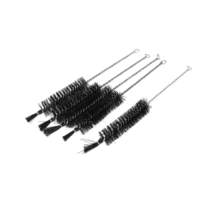
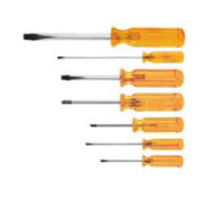
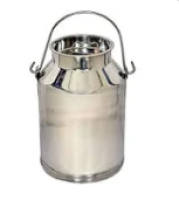
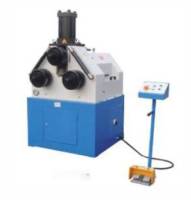
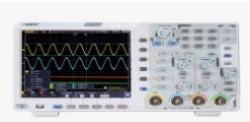
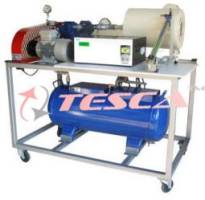
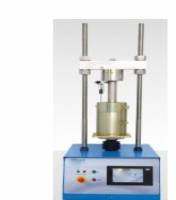
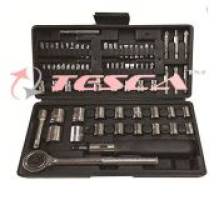
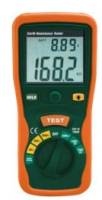

 91-9829132777
91-9829132777